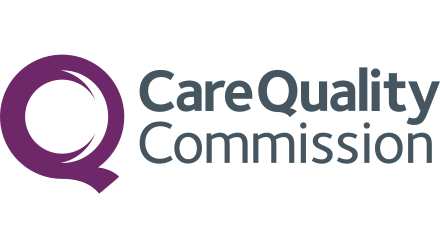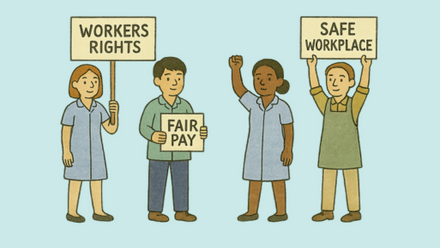A new report from the Homecare Association reveals critical failures in the Care Quality Commission's (CQC) regulation of homecare services in England. This puts people drawing on homecare at risk and causes harm to care providers.
The analysis identifies several key issues undermining CQC's performance:
- Severe resource constraints: Registered community social care locations have increased 5.5-fold over a decade, while CQC's resources have remained static. CQC is prioritising care homes over homecare.
- Dysfunctional funding model: The current approach fails to reflect the true costs of effective regulation across different service types and sizes.
- Ineffective IT systems: Despite £137.9 million invested over ten years, core regulatory processes lack fit-for-purpose systems.
- Misalignment with local authorities: Shortcomings and inconsistencies in CQC assessment of local authorities and misalignment between CQC and local authority practices.
- Poor leadership and management of change: CQC has struggled to adapt to the evolving care landscape and implement intelligence-driven regulation.
These systemic issues have led to alarming outcomes:
- 60% of homecare providers are either unrated (23%) or have severely outdated ratings (37%).
- Insufficient inspections are jeopardising service quality, safety, and public confidence.
- Providers face crippling registration delays, inconsistent inspections, and communication breakdowns with CQC. These are causing serious financial detriment.
Dr Jane Townson OBE, CEO of the Homecare Association commented:
"The state of homecare regulation in England is like a ship taking on water, with a crew using buckets instead of pumps to bail it out. People relying on care services are at risk of being left adrift, while dedicated care providers are fighting to stay afloat in a sea of regulatory dysfunction.
"Imagine running a restaurant where health inspectors haven't visited in years, yet you're still expected to maintain the highest standards with no feedback or support. That's the reality for many care providers today. The commercial damage is severe. Providers are losing contracts and going out of business because of registration delays and outdated or non-existent ratings.
"We're not just highlighting problems; we're offering solutions for improvement. It's time to rebuild our regulatory system. The CQC needs a lifeboat of resources, modernised systems, and a realistic understanding of regulatory costs.
"This is about safeguarding the quality of life for people who rely on care services and ensuring a sustainable future for care provision. We're ready to partner with CQC to navigate these changes, but we need the government to chart the course. The wellbeing of those receiving care is at stake – we must steady this ship before it's too late."
The report outlines urgent recommendations, including a comprehensive review of CQC's resource needs; major IT system upgrades; and improved coordination between CQC and local authorities.
Policymakers must grasp the interconnections between regulation, commissioning, funding, and provision of quality care. A regulator like CQC cannot succeed in isolation or without adequate resources. Ability to regulate effectively depends on intelligent market shaping, adequate human resources, effective systems, and flexibility to adapt to the realities of the care landscape.
It is in everyone’s interests to align funding, resources and incentives to support the provision of high-quality, sustainable care. We stand ready to support CQC as it works to improve and transform the way it performs its duties as a regulator.
You can read the full report here:




